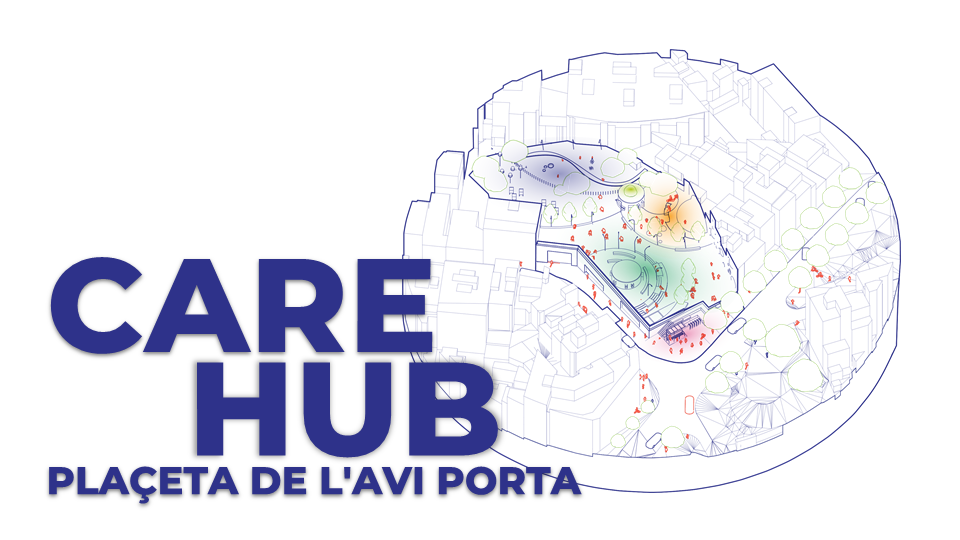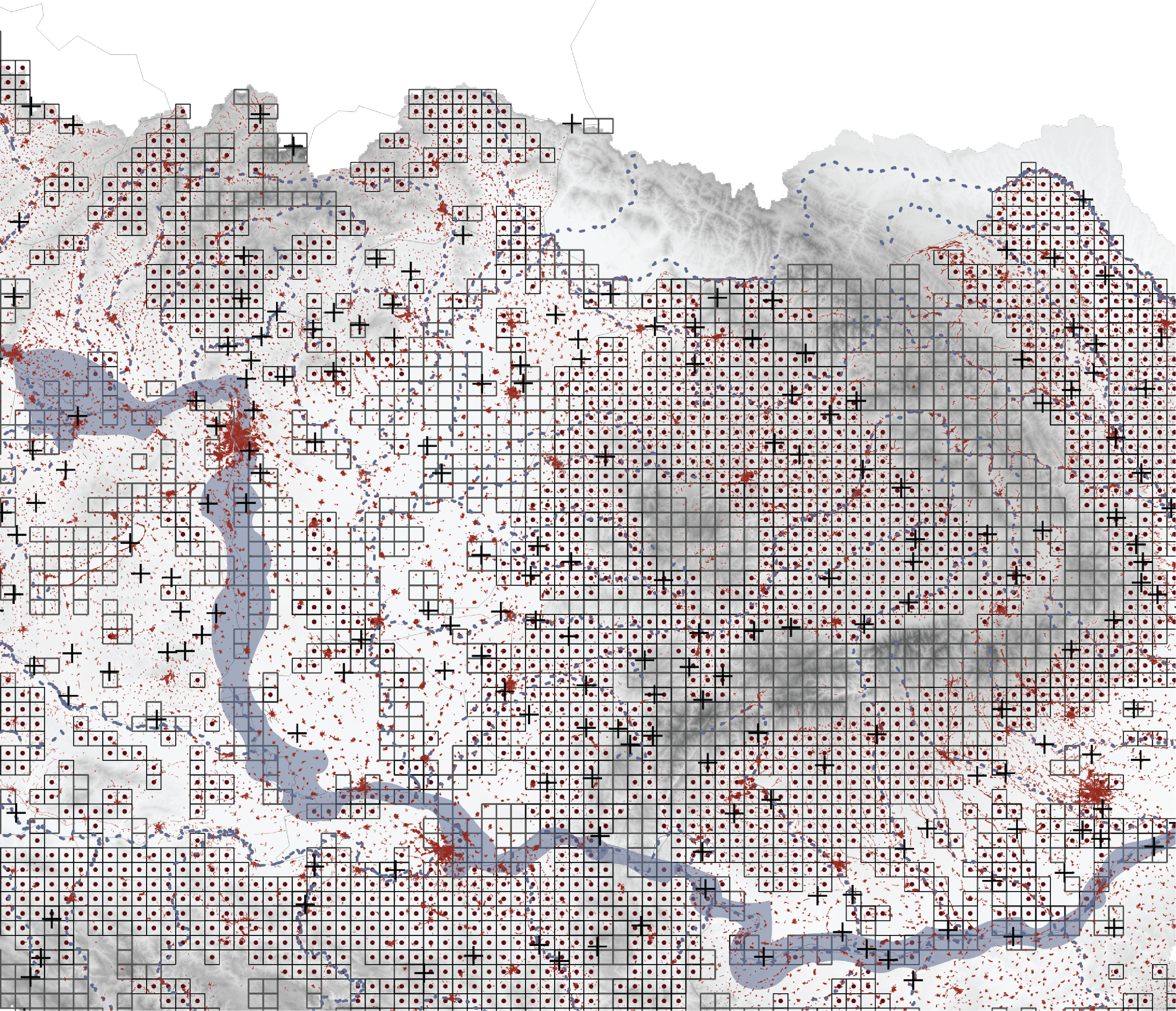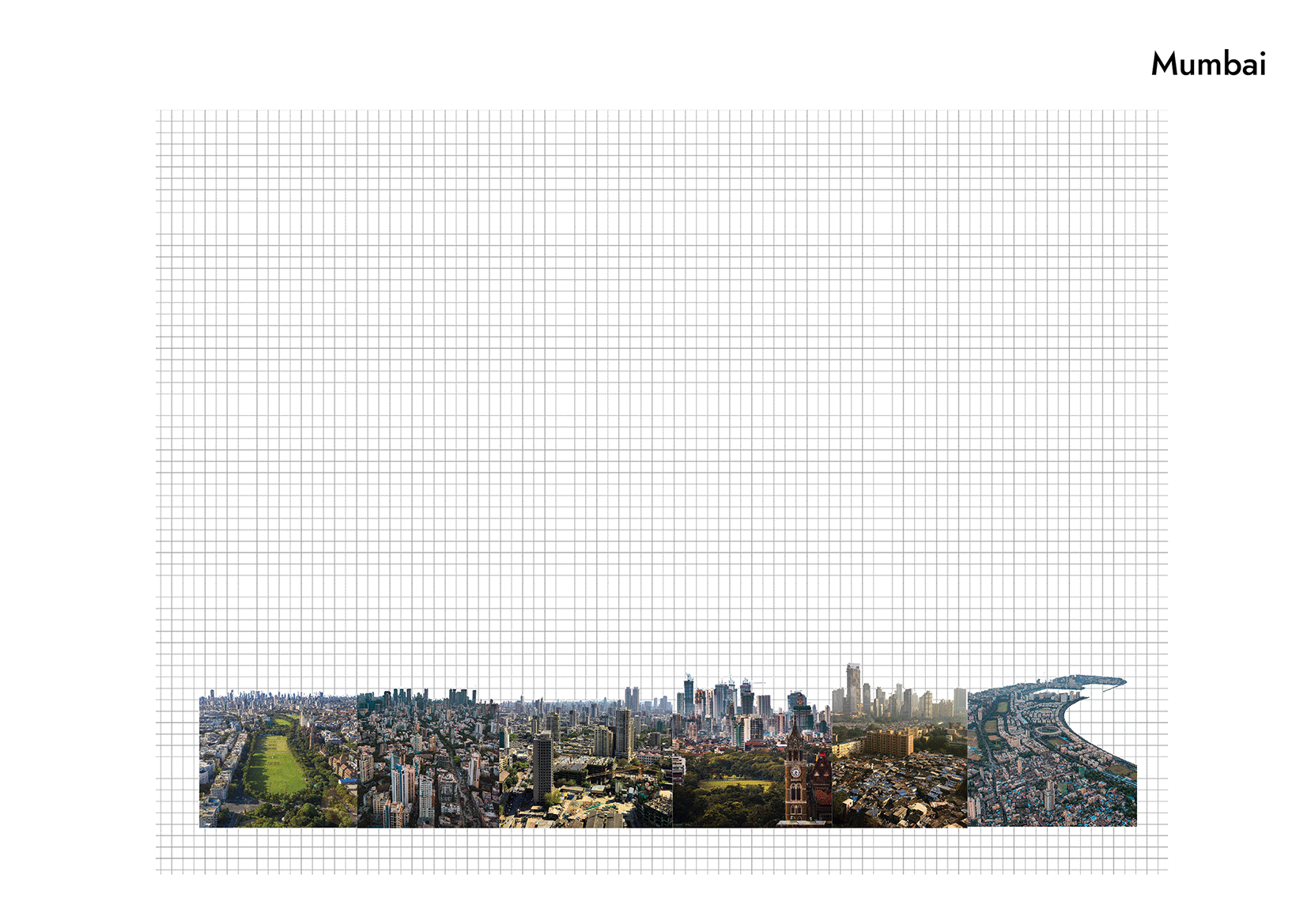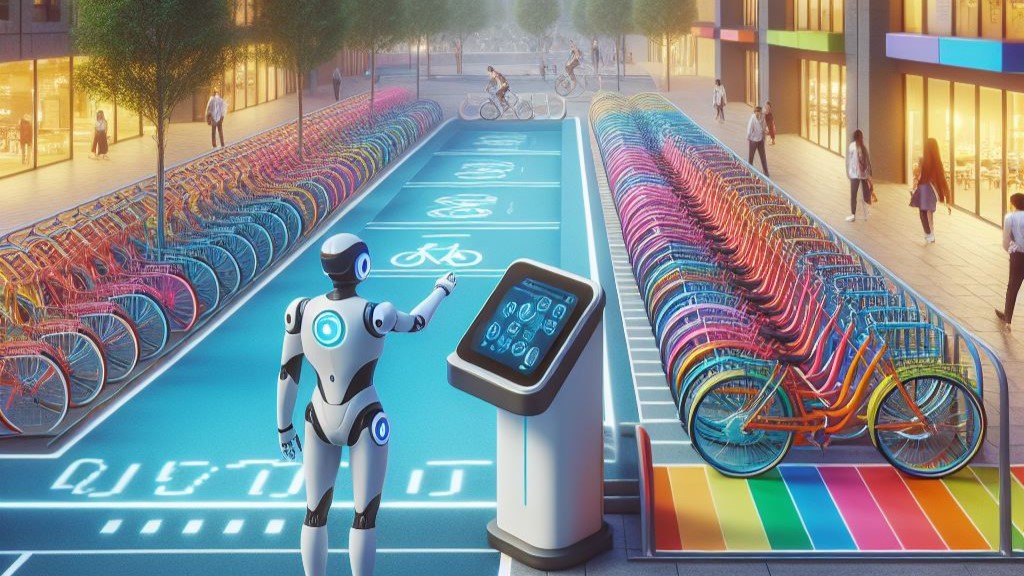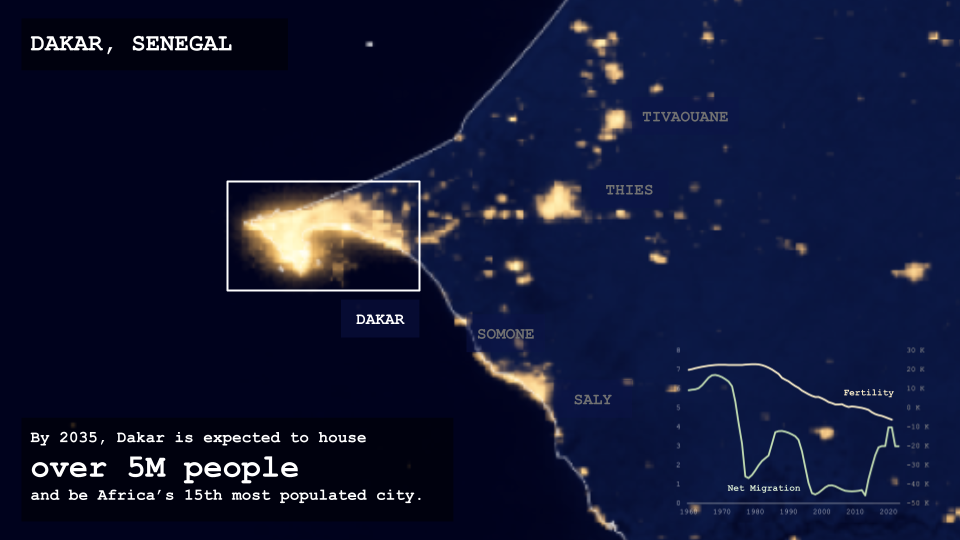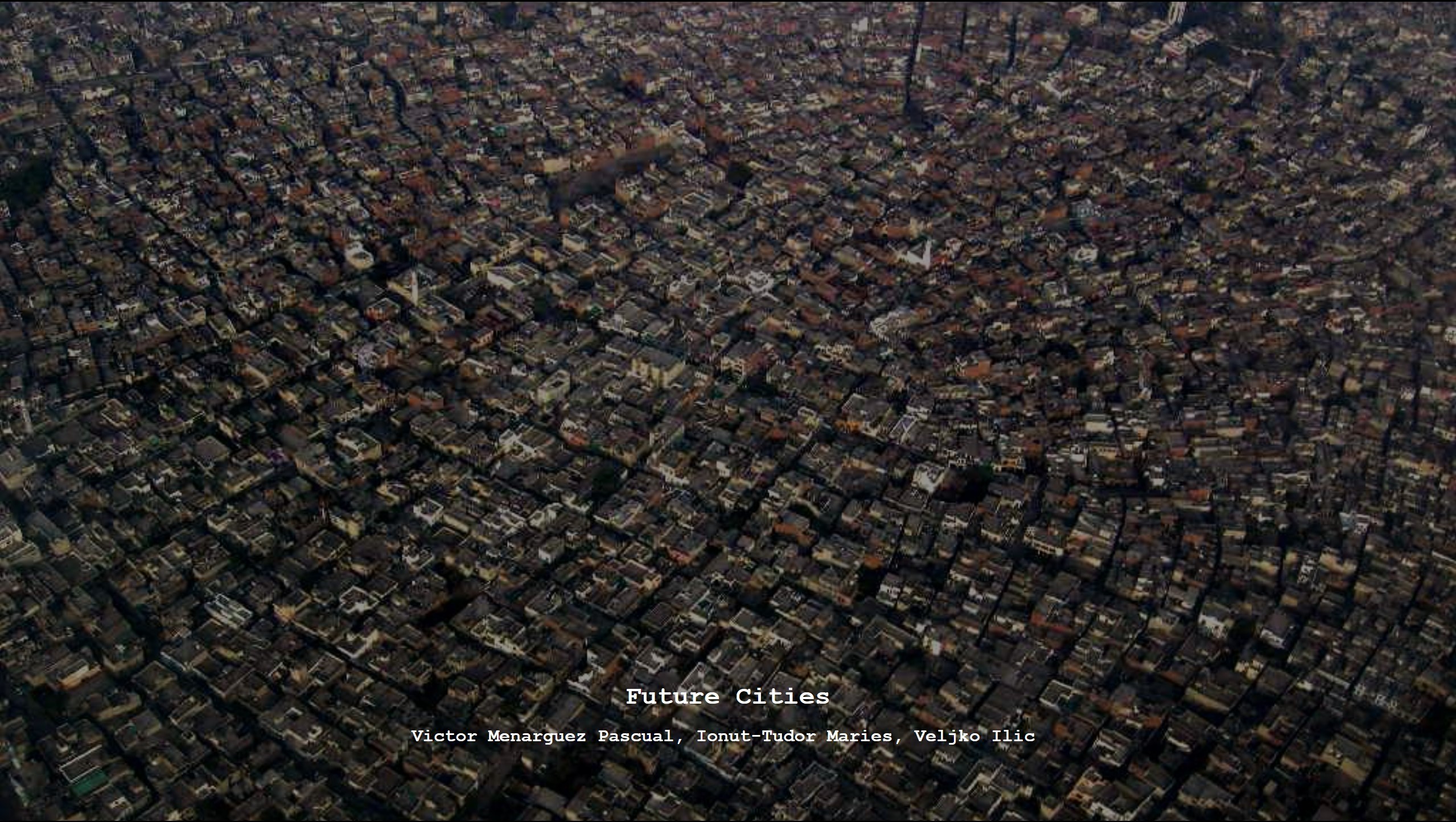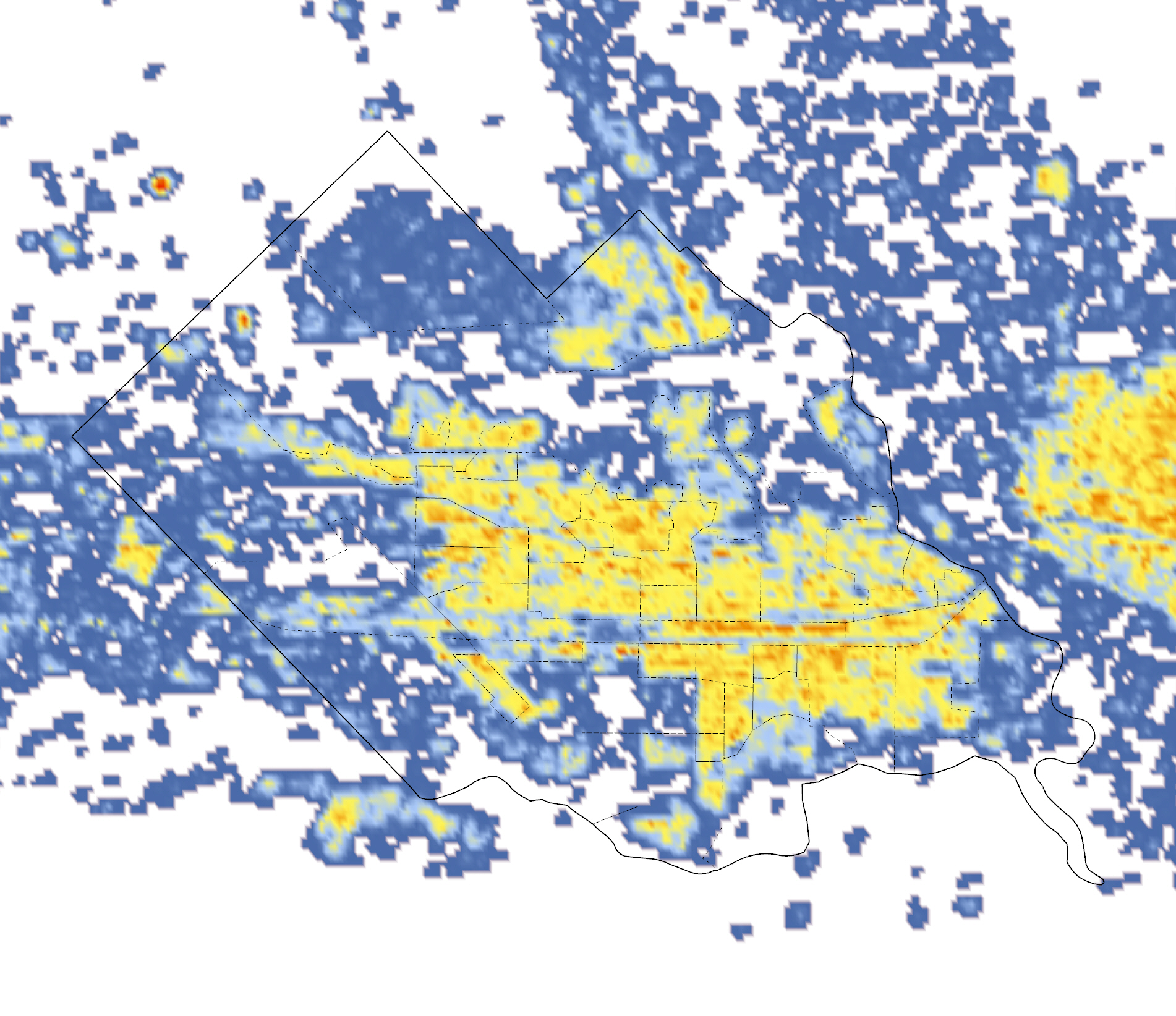Reading Urban Planetary
This blog post reflects the lectures and exercises given by Professor Mariano Gomez-Luque, supported by readings from Katherine Hayles, Neil Brenner, David Harvey, and Benjamin Bratton. These texts provided a foundation for discussions on human cognition, social structures, ecological dynamics, and planetary computation. The lecture commenced with Katherine Hayles’ exploration of evolving reading practices, contrasting … Read more



